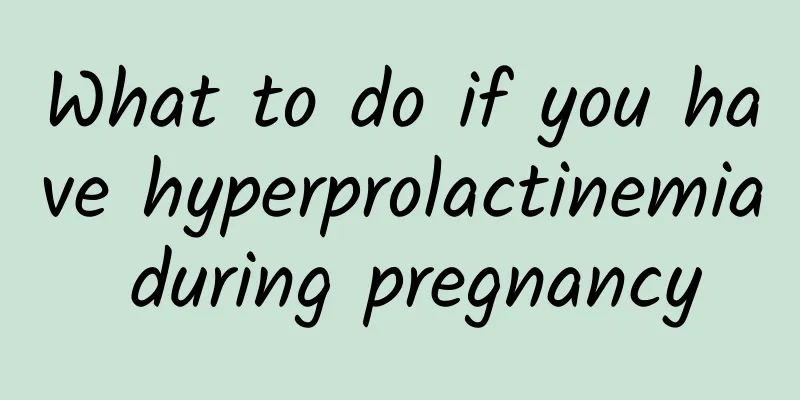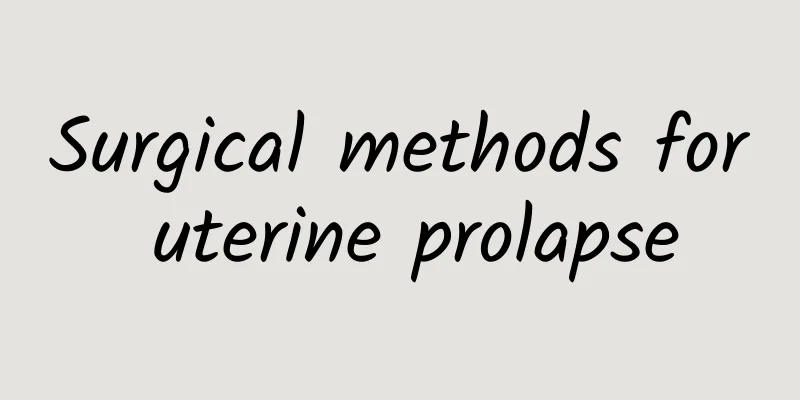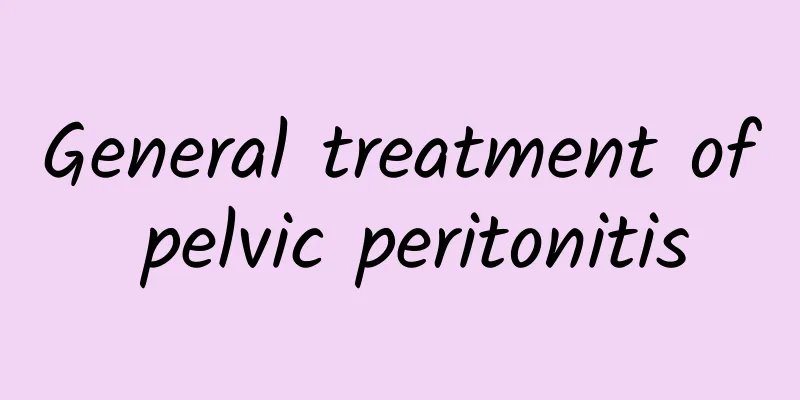What to do if you have hyperprolactinemia during pregnancy

|
When women are under too much work pressure, have an unhealthy diet, and live in a polluted environment, they are very prone to illness. For women, the causes of hyperprolactinemia are different in many cases, but after childbirth, there are three types of women who are more likely to suffer from hyperprolactinemia. Please see the detailed introduction below. The longer a woman breastfeeds after giving birth, the lower the risk of hyperprolactinemia in the future. If she can breastfeed for more than 6 months, at least 1,000 people can be protected from hyperprolactinemia every year. Breastfeeding can prompt the female endocrine system to adjust and gradually restore sex hormones to a balanced state. The more times and longer the breastfeeding, the lower the risk of hyperprolactinemia. The incidence of hyperprolactinemia in women who do not breastfeed is about 5 times higher than that in women who breastfeed. In addition, breastfeeding is a process that consumes a lot of heat energy, which is beneficial for mothers to lose weight. People who do not understand breast care knowledge and have not received formal training cannot master the strength of the technique and often use brute force to violently squeeze the breasts. Violent squeezing not only fails to open the milk stasis tubes, but also makes the milk stasis worse, thus causing inflammation and then leading to hyperprolactinemia. In addition, for parturients with cracked nipples, if the massager is unhygienic, it will greatly increase the chance of infection. Bacteria can enter the tissue from the cracked nipples, thus causing inflammation. Breast reduction by compression method: Some women feel that their breasts are excessively enlarged after giving birth, which they think is unsightly, so they use bras to compress them. This "compression method" often backfires. Once the "compression" is released, the breasts immediately sag and droop. Artificial filling: The artificial method of using filling materials to enlarge the breasts has serious impacts on health. Fillers such as silicone can easily induce hyperprolactinemia if they stay in the body for a long time. If women do not pay attention to their living habits after childbirth, it will be very harmful to their bodies. Therefore, after the onset of hyperprolactinemia, they need to go to a regular hospital for treatment. Warm reminder: In daily life, women must pay more attention to the way of milking and breast care after childbirth. |
<<: Can you get pregnant with hyperprolactinemia?
>>: Is hyperprolactinemia caused by pregnancy?
Recommend
Drugs for treating endometrial tuberculosis
How to correctly treat our endometrial tuberculos...
Can an ectopic pregnancy test paper detect it?
Ectopic pregnancy refers to a pregnancy in which ...
Why do I have my period twice a month?
Many women are confused and upset when they have ...
How much does painless abortion cost
Painless abortion, also known as painless artific...
Treatment of endometrial tuberculosis
Among reproductive system infectious diseases, en...
Gynecological experts analyze: Three major precautions for preventing pelvic inflammatory disease
Gynecological inflammation affects women's li...
Medication issues for patients with endometrial tuberculosis
Endometrial tuberculosis is a disease that can af...
What are the clinical manifestations of vulvar leukoplakia?
The clinical manifestations of different types of...
Is it necessary to avoid certain foods when having cervicitis?
Is it necessary to avoid certain foods when havin...
Can I skip rope during menstruation? How to take care of myself during menstruation?
During menstruation, women's mental state is ...
What is the treatment for adnexitis?
Adnexitis is a common gynecological disease that ...
What causes ectopic pregnancy?
Ectopic pregnancy means that the fertilized egg d...
Misunderstandings about Dysmenorrhea
Dysmenorrhea, also known as menstrual pain, refer...
What are the dangers of early pregnancy abortion? There are 5 major dangers
After an early miscarriage, the endometrium may b...
How to take care of ectopic pregnancy in daily life
I believe everyone has heard of the disease of ec...









